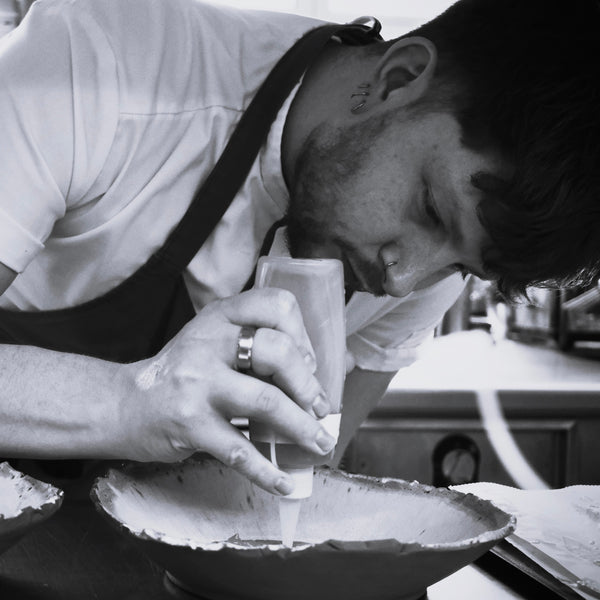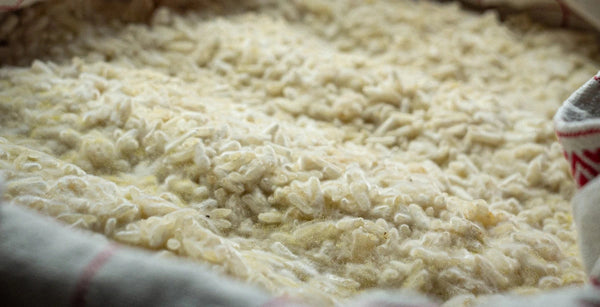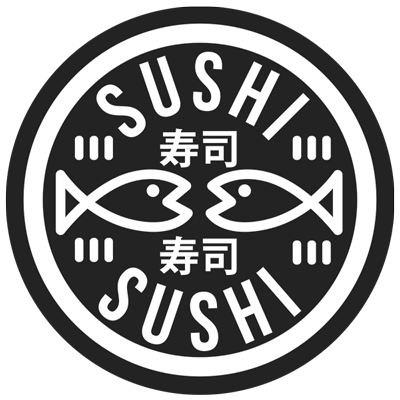Tofu

What is Tofu?
Tofu is a popular ingredient in Japanese cooking. It has a very subtle taste and hardly any aroma, making it a perfect addition to many sweet and savoury dishes.
What is Tofu Made of?
Tofu is made from the pressed curds of coagulated soy milk. It is suitable for vegetarians and vegans alike and is available in a range of varieties.
History
The first record of tofu-making comes from the Han Dynasty of China in the early first-century. The process was introduced to Japan during the Nara period (710-794) by Buddhist monks, who traded with and eventually settled in the country. Japan introduced a firm variation of tofu in the late 16th century in Tosa Province (known today as Kochi Prefecture), though it is believed to have been invented by a Korean prisoner of war. Following its introduction, the most popular use of tofu at this time was as a substitute for fish and meat, particularly among the country’s burgeoning Buddhist population. As a sign of its versatility as a cooking ingredient, a book published in 1782, during the Edo period, listed 100 recipes for tofu.
Production
The process for making tofu is similar to that of producing cheese, just with soy milk being substituted for dairy. While there are different scales of production from home-made to vast mechanised factories, all tofu follows the same, basic three-step process:
preparing the soy milkcoagulating the soy milk to form curds
pressing the curds to form cakes of tofu
Preparation
Preparing the beans for processing requires several steps. First the beans are cleaned to remove the husk and any contaminates. Once this has been done the beans are soaked in water and then ground to produce soy milk. This soy liquid is then boiled and filtered to remove any remaining bean pulp. At this stage, the soy milk is ready for coagulation.
Coagulation
This is the most important step of the process – causing the emulsion and protein suspended in the boiled soy milk to coagulate into a thick, spongy mass. The coagulation process involves a number of complex chemical interactions between the soybean proteins and the coagulants that are added to start the process. While we’re not going to discuss the chemistry in detail here, it’s enough to state that it requires strict attention to detail as even slight variations in temperature, bean variety, and protein percentage can result in a wildly differing quality of tofu.
There are two main types of coagulant used in creating commercial tofu. These are salts (typically calcium sulfate (gypsum), magnesium chloride, and calcium chloride) and acids (usually glucono delta-lactone (GDL)). Other acids such as citric acid and vinegar can be used to start coagulation, but these tend to affect the flavour of the tofu.
The coagulation process results in a thick, fluffy mass of curds that separate from the soy milk liquid. These curds are skimmed from the top of the soy milk vat and taken for pressing.
Pressing
There are several techniques for pressing the curds into tofu, depending on the variety being produced. For regular tofu, the excess liquid is strained from the curd using a muslin or cheese cloth, before being lightly pressed to produce a soft cake. For firm tofu (shimi-dōfu) they are subjected to further pressing to release more of the liquid.
Flavour
Tofu tends to have a delicate flavour that allows it to enhance the taste of other ingredients within a dish. However, stronger tofu is available that retains the distinctive umami notes of the beans themselves. This is usually achieved at the preparation stage – notably, when grinding the beans. Grinding the beans in hot water will deactivate certain enzymes in the soy protein and reduce the beany flavour. Conversely, a cold grind will preserve these enzymes, making the soy milk (and, by extension the tofu) more flavourful.
Fresh Tofu Varieties
Despite it’s straightforward production method, there is a wide variety of tofu on the market. The main differences are in the firmness of the tofu, with some consumers preferring soft and creamy tofu, with other favouring a tight and firm variety, or anywhere in between.
These are some of the most common forms of fresh tofu:
Unpressed Tofu
As the name suggests, this is the raw tofu curd produced immediately following coagulation. If made using calcium sulphate as a coagulant, it has a smooth, gel-like texture. This form of unpressed tofu is commonly called silken-tofu. Unpressed tofu made using magnesium chloride has a spongier texture and is called extra-soft tofu.
Pressed Tofu
There are two main types of pressed tofu – firm and extra-firm. The variety depends on the amount of water release from the curds during the pressing process. Pressed tofu tends to be sold immersed in water, as this helps it remain moist and fresh, whilst also suppress bacterial growth.
Firm tofu (momen-dōfu) has a texture similar to raw meat and, when pressed with a finger, bounces back easily. The internal texture of the product is much like a firm custard.
Extra firm tofu (also called ishi-dōfu (stone tofu) or iwa-dōfu (rock tofu) is produced using seawater as the coagulant, which dehydrates the curds from the very start. They are also pressed using heavier weights to eliminate even more moisture. This form of tofu is long-lasting as a result of its low liquid content.
Fermented Tofu
Fermented or pickled tofu is a popular ingredient. The fresh tofu is air-dried and allowed to ferment slowly using aerial bacteria. Once it is ready, the fermented tofu is soaked in salt water, sake, vinegar, or minced chillies, depending on preference. The pickled tofu is then commonly served with miso paste. An Okinawan variant is tofuyo, which uses koji mould to enhance the fermentation process.
Tofu in Japanese Cooking
Since tofu doesn’t have a distinct odour or flavour, it can be incorporated into a wide variety of both sweet and savoury dishes, where it acts as a blank canvas on which to present the meal’s more dominant flavours.
Tofu is often included in miso soup to add body.
Tofu can be marinated in soy sauce, chillies, and sesame oil and then lightly-fried prior to consumption as a snack.
A popular summer meal in Japan is hiyayakko, which comprises silken tofu served with spring onions, grated fresh ginger, and bonito flakes mixed with soy sauce. An alternative eaten during the winter months is yudofu – a dish of tofu simmered in kombu dashi with spring onions, Chinese cabbage, and other vegetables.
Deep-fried tofu (atsuage) is popular in Japanese cuisine, often being served with a variety of simple dipping sauces made from a base of kombu dashi.
Another form of deep-fried sushi is aburaage. For these, a medium-firm tofu is formed into a pouch and deep-fried. The fried tofu pockets are marinated to flavour and then preserved for eating at a later date. Aburaage are commonly used in the preparation of inari – a popular sushi variant, where the pouches are filled with sushi rice and various toppings and seasoning.
Soft tofu can also be sliced thinly before being deep-fried. This food, known as aburaage, can be quickly blanched, then seasoned with a mix of mirin and soy sauce and served alongside noodle dishes.
Another use of soft tofu in Japanese kitchens is to mash it together with raw chopped vegetables prior to cooking. Ganmodoki is one such dish, where the mixture is bound with starch and then deep-fried.
Nutrition
Tofu is low in calories and high in both protein and iron. Additionally, depending on the coagulant used in its production, can also be high in magnesium or calcium.
Popular Products
These are just some of the tofu products and variations that prove particularly popular at SushiSushi.
Morinaga Silken Tofu Firm
Morinaga silken tofu is a long-life ingredient that will last for a long time, provided you keep it sealed in its package in the right environment. Cholesterol and lactose-free, it’s a versatile ingredient for many dietary needs and lifestyles.
Sanuki Inari Pouches
These inari soy bean pouches are easy to use, with a sweey-savoury falvour and a texture similar to omelette. These delicious soy pouches can be filled with sushi rice and a range of other ingredients and seasonings to produce a tasty sushi dish.
Our Suppliers
Here at SushiSushi, we source our tofu from some of the most well-respected and established producers in the world. These include:
Morinaga
Morinaga is a Canadian tofu manufacturer, widely regarded as one of the best in the business. Their innovate aseptic packaging ensure that each tofu product will stay fresher for longer – essential when shipping across the world.Visit Website
Sanuki Kazume
Sanuki Kanzume produce some truly interesting ingredients that should be a staple of your store cupboard if you have an interest in Japanese cooking. Among them are tinned soy bean pouches that form a crucial part of any inari sushi dishes.Visit Website
Also in Masterclass

Chef Focus: Dan Ashmore, ASKR

Chef Focus: James Nicklin, Winteringham Fields












